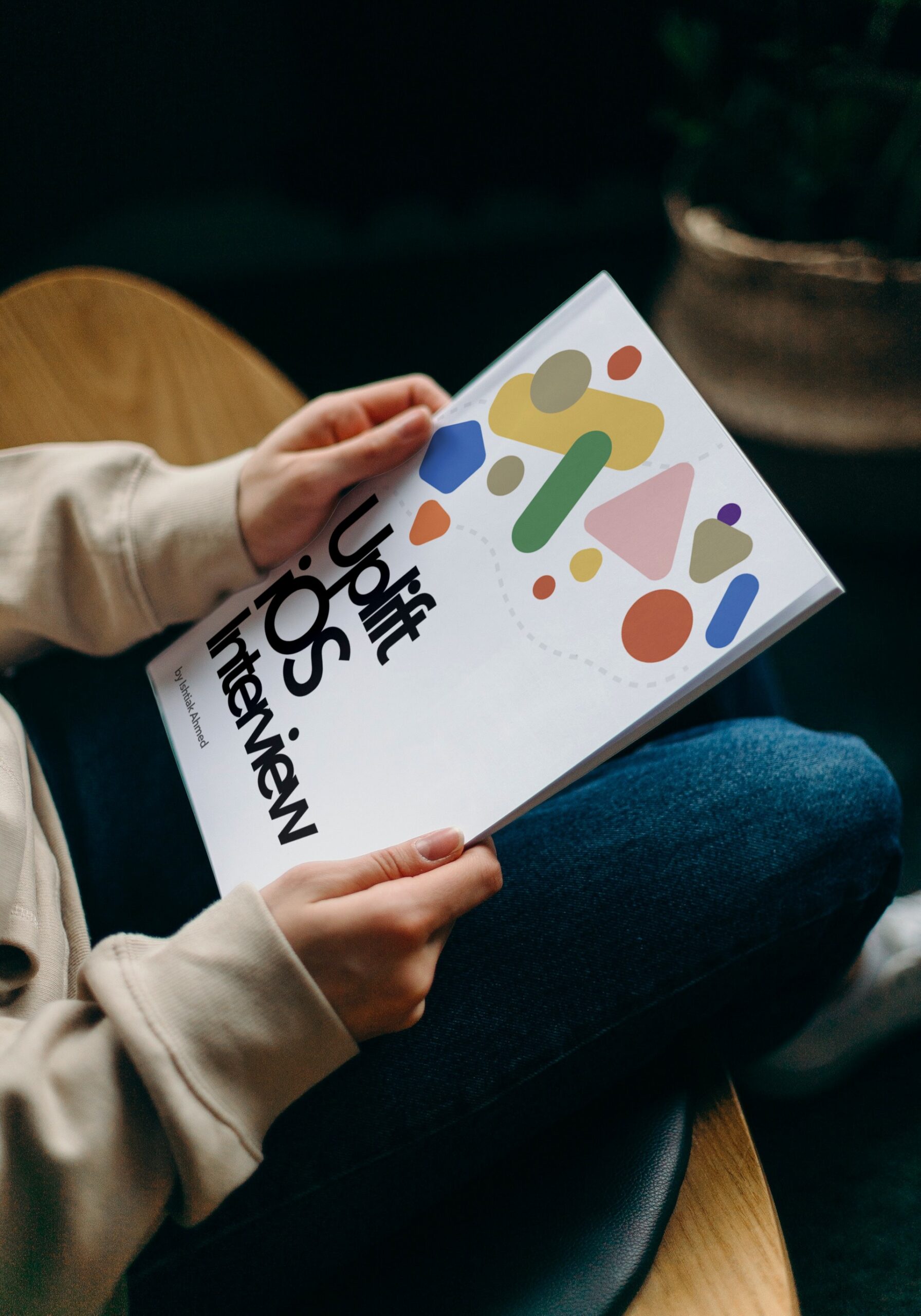Uplift iOS Interview
The Guide is for YOU if
- You are preparing for an iOS interview and want to improve your skills and knowledge and looking to level up your interview game and land your dream job.
- You want to gain confidence and ease during iOS interviews by learning expert tips and curated strategies.
- You want access to a comprehensive list of iOS interview QA to practice and prepare.
The typealias is a simple but powerful concept in Swift. Type alias does not create new types. They simply provide a new name to an existing type. It makes long, compound types easy to manage. In Swift, we are passing the function to another function as an argument very often. In this case, We should use type aliasing to make it more readable. However, when it comes to working with compound types you would definitely notice the benefits of type aliasing. In this short article, I will show some common use of type aliasing.
Type alias is declared using typealias name = existing type
KEY TAKEWAY
Use typealias in closures. Avoid using it in custom dictionary or the type that is more understandable without aliasing.
Use of typealias in closure
Think about an API call which will return String or error as a response. Here, you can notice the first section of code has a lot of parentheses. It looks complicated and ugly. Also, for implementing similar functions, it is not that logical to keep copy-paste the parameters. Using typealias make the signIn function easy to understand.
func signIn(success: ((token: String, message: String, status: Int) -> Void)?, failure: ((Error) -> Void)?) {
...
}
// Use typealias
typealias SuccessCallBack = ((token: String, message: String, status: Int) -> Void)?
typealias FailureCallBack = ((Error) -> Void)?
func signIn(
success: SuccessCallBack,
failure: FailureCallBack
) {
...
}
In combine protocols
Combining multiple protocol helps to understand code with less effort. We can create a type alias by combining multiple protocols. Swift uses this technique almost everywhere. For instance, Codable is a type alias from Encodable and Decodable.
typealias Codable = Decodable & Encodable
protocol Playable {
func play()
}
protocol Runnable {
func roamNeighbourhood()
func walk()
}
typealias CatActiving = Playable & Runnable
struct Cat: CatActiving {
var name: String
var breed: String
...
}
Use of typealias in generics
Generic typealias can be used since Swift 3.0. In this code example, I use generic array type – typealias array called CartItems. We can make another typealias called Foods from CartItems which provides additional features to the CartItems.
typealias CartItems<T> = Array<T>
typealias Foods<T> = CartItems<T> where T: Equatable
func exoticFood(from foods: Foods<CatFood>) {
//...
}
When to use typealias?
Don’t use type alias just to represent Swift defined types.
Don’t use type alias if it does not add any value in readability and maintainability.
// Bad use of typealias
typealias CatName = String
struct Cat {
let name: CatName?
}
// Bad use of typealias
typealias ItemCount = Dictionary<String, Int>
struct Beverage {
let itemCount: ItemCount?
}
// It is hard to understand, item count is
// an Int or Dictionary or Double.
// This one makes sense because we all know that
// point is the combination of x and y co-ordinate
// Good use of typealias
typealias Point = (Int, Int)
struct Triangle {
let startingPoint: Point?
...
}
✍️ Written by Ishtiak Ahmed
👉 Follow me on X ● LinkedIn
Get Ready to Shine: Mastering the iOS Interview
Enjoying the articles? Get the inside scoop by subscribing to my newsletter.
Get access to exclusive iOS development tips, tricks, and insights when you subscribe to my newsletter. You'll also receive links to new articles, app development ideas, and an interview preparation mini book.
